Whether your customer data is scattered across a dozen systems or you’re just starting to think about better ways to manage it, this guide will help you understand if a composable CDP might be the solution you’re looking for.
Table of Contents
What is a Composable CDP?
A composable CDP is a modern approach to managing customer data that works with your existing data infrastructure rather than replacing it. Think of it as a flexible, modular system that lets you activate the customer data you already have in your data warehouse.
After my whiteboard revelation about our scattered data sources, I learned that a composable CDP takes a fundamentally different approach to managing customer data.
The name “composable” comes from its ability to let you “compose,” or build, exactly the customer data platform solution you need. As Arvind Rongala, CEO at Edstellar, an AI-powered skills management platform, puts it: “Composable CDPs give organizations the most freedom because they can add only the parts they need, like data storage, identity resolution, analytics, and involvement, based on their own needs.”
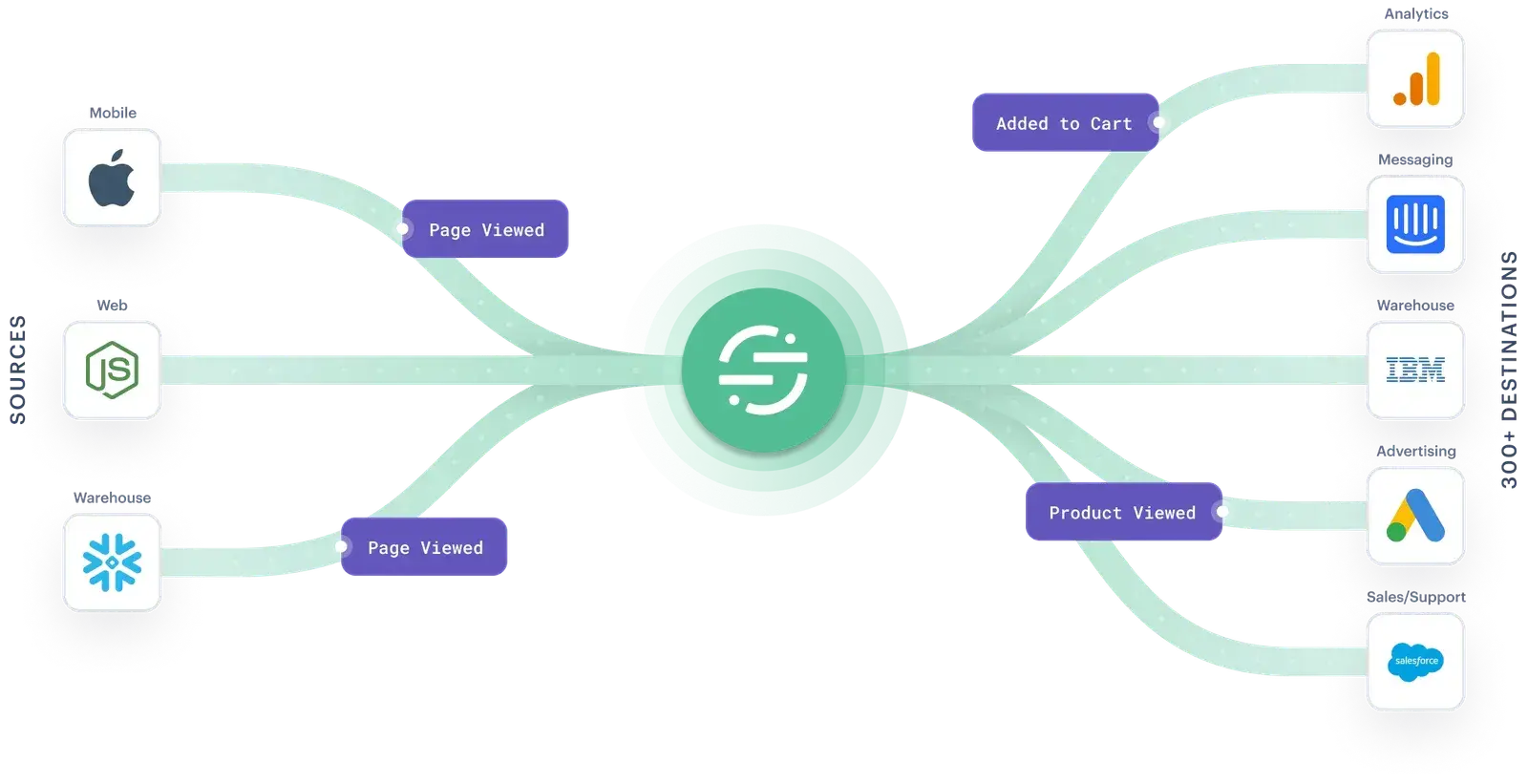
I think of it like building with LEGO blocks rather than buying a pre-built toy. I can choose which pieces to use and how to put them together.
Robin Grochol, vice president of product management at Twilio Segment, explains the core purpose: “Businesses need a clean and consistent view of each customer across every function, from marketing to ecommerce to customer support and more.”
A composable CDP includes several key elements:
- Direct integration with your existing data warehouse.
- Modular components you can mix and match based on your needs.
- Flexible data modeling capabilities.
- Tools for activating your data across marketing channels.
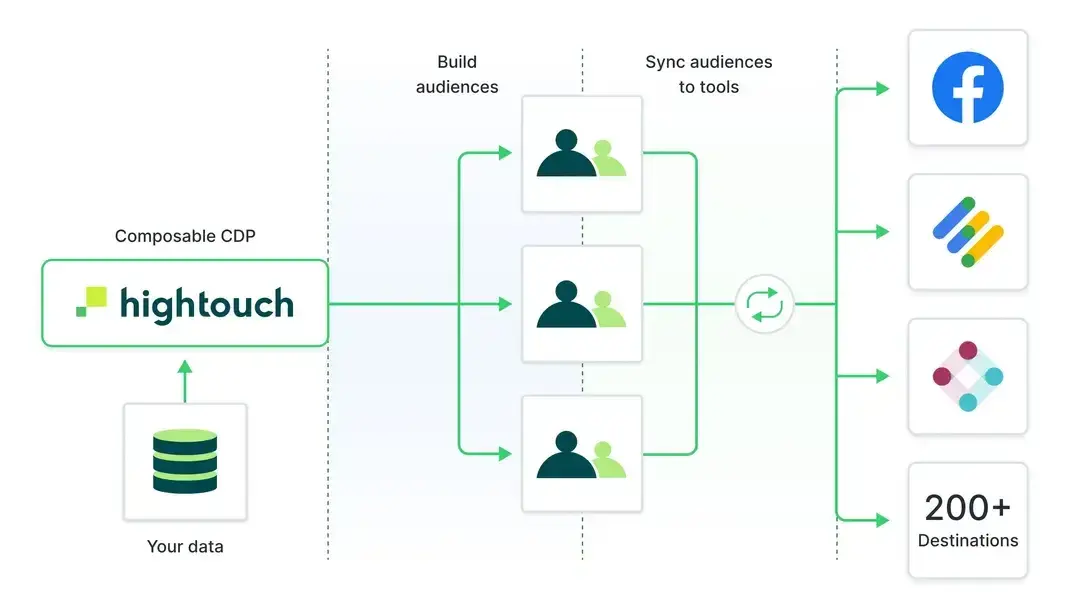
How Legacy CDPs Work
Traditional customer data platforms, or legacy CDPs, have been around for years, acting as the go-to solution for companies trying to wrangle their customer data. If a composable CDP is like building with LEGOs, a traditional CDP is more like buying a pre-built playhouse — it comes with everything included, whether you need it or not.
Every legacy CDP vendor offers several bundled features, including:
- Data Collection. CDPs provide proprietary code you can run on your website/app to capture behavioral data or user events like page views, purchases, or signups.
- Storage and Modeling. Built-in identity resolution features help you connect data from various sources to create single customer profiles.
- Data Activation. You can define and build custom audiences using your behavioral data for downstream marketing use cases.
Because CDPs integrate with various SaaS applications and databases, you can sync your customer data and audiences to these downstream systems.
As Brendan Fortune, director of product at Customer.io, points out, “Traditional CDPs provide an all-in-one suite. They aim not only to ingest your data but also to clean, govern, and analyze it.”
The fundamental problem that CDPs solve — helping you manage and activate your data at scale from a single source of truth — isn’t going away anytime soon. In fact, CDP demand continues to increase.
However, with the rapid adoption of modern cloud data warehouses like Snowflake, Redshift, BigQuery, and Databricks, many organizations now realize it no longer makes sense to maintain an architecture that creates two conflicting sources of truth: one in the CDP and one in the data warehouse.

With data and marketing teams working off two independent sources of truth for customer data, several problems are introduced. These include inconsistent data between BI and operational tools, inflated storage costs, security concerns, and an inability to activate all available customer data.
That’s why organizations like Warner Music Group and Chime are choosing to implement an architecture that enables them to activate data directly from a single source of truth: the cloud data warehouse. This shift has given rise to what we now know as the composable CDP.
To understand which approach might work best for your organization, I talked to experts from leading CDP providers and companies that have made the switch. Here’s what I learned about how these two approaches compare.
Composable CDP vs. Traditional CDP
When I started asking industry experts about the key differences between these two approaches, I discovered it’s not just about features but fundamentally different philosophies in handling customer data.
Alex Schlee, founder and CEO of Anamap, broke it down clearly for me. “The key difference between traditional CDPs and composable CDPs is the ability for companies to define their own data structure and use their own data warehouse as the resting place for the data,” Schlee explains. “Traditional CDPs have a separate database with a specific format that needs to be accommodated to correctly store events.”
Here’s what each approach brings to the table.
Traditional CDP
- Lives separate from your data warehouse.
- Requires duplicate data storage.
- Fixed data models and schemas.
- Longer implementation time (6-12 months).
- Higher total cost of ownership.
Composable CDP
- Integrates with your existing infrastructure.
- No duplicate data storage.
- Flexible data modeling.
- Faster implementation (typically 2-3 months).
- Pay only for what you need.
Must-Have Features When Evaluating Any CDP
Twilio Segment’s Robin Grochol sees CDPs as more than just data tools — they’re enterprise-wide solutions. As she explains, “Instead of each business function operating in its own silo, with a unique set of tools and an incomplete view of the customer’s experience, a CDP can act like an enterprise service, creating customer profiles, journeys, and predictions that drive use cases across the business.”
With this enterprise-wide impact in mind, Grochol outlines the critical features to look for in any CDP solution:
- Data Collection. Can the CDP collect data from anywhere, including all the tools in the data stack?
- Data Governance. Can the CDP ensure data is clean, consistent, and compliant so it is trusted across the business?
- Data Unification. Can the CDP create unified customer profiles at scale that provide a complete view of the customer?
- AI Capabilities. Can the CDP predict, recommend, and generate journeys, audiences, and other customer insights with AI?
- Data Activation. Can the CDP activate customer data anywhere, not only for marketing teams but for any part of the business?
Pro Tips for CDP Evaluation
When evaluating CDPs, I gathered some crucial advice from industry experts. Brendan Fortune from Customer.io suggests starting with a simple audit.
“Identify in what departments your customer data lives today. If there are more than three departments with data sets you intend to unify, CDPs are a must. As is a full-time Project or Program Manager!” Fortune shared.
He also recommends asking vendors about their best customers and why. You should be able to see your company fitting that profile.
Sebastian Gierlinger, vice president of engineering at Storyblok, emphasizes two additional critical areas:
- Map your integration landscape first. “Map out exactly what tools you would like to connect to estimate what can be covered by pre-built integrations and what needs to be part of an implementation project.”
- Prioritize security and scalability. “Definitely always ask about security and scalability. There is nothing more problematic than a vendor who is struggling with these two topics.”
So when should you choose one over the other? Gierlinger strongly advocates for composable solutions when building modern tech stacks.
“If you are building a modern stack and you are not bound to any obligations already, I would always opt for using the composable solution no matter if it is CDP, ecommerce, CMS, or any other component of your infrastructure,” he explains. “Composable systems allow you to already be prepared for future developments like new distribution channels, new frontend technologies, or additional requirements.”
However, Customer.io’s Brendan Fortune offers an important counterpoint: “If you don’t have a team dedicated to consolidating, cleaning, governing, and analyzing your company’s data, you’re better off with a traditional CDP.”
Pro tip: Before making your decision, ask yourself these key questions:
- Do you already have a modern data warehouse?
- Does your team have data engineering resources?
- How quickly do you need to implement your CDP?
- What’s your budget for both implementation and ongoing costs?
Before You Consider a Composable CDP
Sebastian Gierlinger from Storyblok emphasizes the importance of having essential elements in place first: “Make sure that you have systems in place that produce relevant data. The best CDP cannot fix a broken process or an unreliable product. Once the basics (web, product, CRM) are working, a CDP can be the boost your business needs.”
Advantages of a Composable CDP
The Composable CDP has emerged as a solution that is better suited to uniquely address each of the many requirements of modern data and marketing teams. The modular approach enables you to leverage your existing data investments rather than purchasing yet another rigid, off-the-shelf solution.
After learning about both approaches, I was curious about what makes organizations choose a composable CDP over a traditional one. The answers from industry experts revealed several compelling benefits backed by real results.
As mentioned above, Twilio Segment’s Grochol emphasizes that a composable CDP breaks data silos by creating customer profiles, journeys, and predictions that can be used across all departments.
Compared to a legacy CDP, there are many benefits to this approach. Here are the key advantages that stood out in my research.
Flexibility
Legacy CDPs have very rigid modeling capabilities, locking you into a strict user and account-based model. Composable CDPs break free from these limitations by supporting multiple entity types and related models.
“When companies are choosing between standard and composable CDPs, they should think about how flexible they need to be,” notes Arvind Rongala of Edstellar. “A composable CDP is the best choice if you expect to have complicated data ecosystems or a lot of component updates.”
Data Availability
Legacy CDPs only focus on event-level clickstream data, creating a fragmented view of your customer. Composable CDPs have access to any and all of the data living in your data warehouse — not just clickstream events (e.g., data science models).
Improved Data Accessibility
Since composable CDPs can integrate with a wide variety of existing systems, they improve data accessibility across departments.
“Data can be directly accessible in a data warehouse or BI tool, which makes it easier for data and business analysts to derive insights from it,” explains Sebastian Gierlinger from Storyblok. “A traditional CDP is often accessed through a single interface and would not allow such flexibility.”
The shift toward composable architecture brings up another important consideration. “The single biggest benefit to composable CDPs is avoiding vendor lock-in,” Alex Schlee of Anamap points out. “When the same data structure can be used across any composable CDP vendor, it makes your company data more portable.”
Enhanced Privacy Compliance
Gierlinger also highlights a crucial advantage, “Composable CDPs allow businesses to keep sensitive data in localized storage systems, which can be critical for complying with data residency requirements.” This flexibility ensures companies can meet specific compliance needs and adjust quickly as requirements change.
Cost
With a legacy CDP, you pay twice to store and process the data that you already have within your own warehouse. With a composable CDP, you can use your existing data investments rather than purchasing another off-the-shelf tool.
Implementation Agility
Composable CDPs enable an iterative approach rather than one massive project. As Gierlinger notes, “Instead of executing one big project that will show results once everything is up and running, you will have multiple smaller projects that show partial results immediately.”
Time-to-Value
Legacy CDPs can take over a year to implement, and that’s not even accounting for the onboarding time it takes for your teams to learn how to use the tool. The modularity of a composable CDP allows you to start activating your data immediately with the tools your teams are already familiar with.
Security
Legacy CDPs force you to store data outside of your own cloud infrastructure, giving you little control over what happens to it. With a composable CDP, your data is never stored outside of your existing data infrastructure, giving you full governance and control over how it’s managed.
Composable CDP Use Cases
Here are a few ways composable CDPs help businesses create hyper-personalized omnichannel campaigns and workflows that drive better results.
Profile Enrichment
Using a composable CDP, you can access any and all of the custom data models living in your warehouse — such as lifetime value, last login date, active users, active tickets, features enabled, lead score, likelihood to purchase, etc.
You can then sync that data directly to objects and fields that you can leverage in your CRM for personalization and segmentation.
Audiences
Let’s say your marketing team wants to target a list of shopping cart abandoners with a special coupon to encourage them to check out. Or maybe your product team wants to send an email to inform inactive users of a new feature.
In either case, a composable CDP can easily deliver the data from your data warehouse to your CRM.
Workflows and Sequences
It’s easier for your teams to build more comprehensive workflows and sequences using the audiences that your data team defined in your warehouse.
For example, you can automatically enroll users into marketing campaigns based on their audience type or the attributes that you’ve outlined in your CRM. You can also use these attributes to create different branches of the workflows based on user activity, engagement, or attributes.
This has huge implications from a sales standpoint because you can use workflows to route new leads to individual sales reps so they can take action faster.
CDP Implementation Examples
When researching composable CDPs, I found it helpful to look at how different organizations are actually using them in the real world. Here are some of the most interesting examples I discovered.
Streamlining Marketing Operations
LegalZoom offers an excellent example of combining modern data warehouse infrastructure with CDP capabilities. As Twilio Segment’s Robin Grochol shares:
“LegalZoom centralized their data in Snowflake to gain a unified view of business operations and customer behavior. With Segment integrated on top of Snowflake, marketing teams can self-serve, creating audience segments and personalized customer journeys without needing technical assistance.”
Check out this video to learn more.
Boosting Sales Performance
Sebastian Gierlinger from Storyblok describes how a composable CDP transformed its sales operations.
“We introduced a composable CDP with a custom presentation layer for the sales team, which led to a huge increase in upsell since the team was able to identify active customers that are operating close to the next plan level.”
Real-Time Customer Engagement
A fascinating example comes from Brendan Fortune at Customer.io, who shares how CDP architecture choices impact user experience. When a large design software company wanted to send personalized messages to users trying new features, they had to weigh their options carefully.
While a traditional CDP could trigger messages within seconds through direct API streams, a composable CDP pulling from their data warehouse would take a few minutes — an important consideration for real-time engagement scenarios.
HubSpot + Hightouch: A Closer Look at Composable CDP Integration
Let me walk you through a detailed example of how a composable CDP works with your CRM. HubSpot’s CRM platform offers a great illustration of these capabilities in action.
As a platform that helps businesses manage customer interactions, automate marketing workflows, and optimize sales funnels, HubSpot becomes even more powerful when integrated with a composable CDP like Hightouch.
This tool allows data and marketing teams to sync the valuable insights from their data warehouse to a CRM.
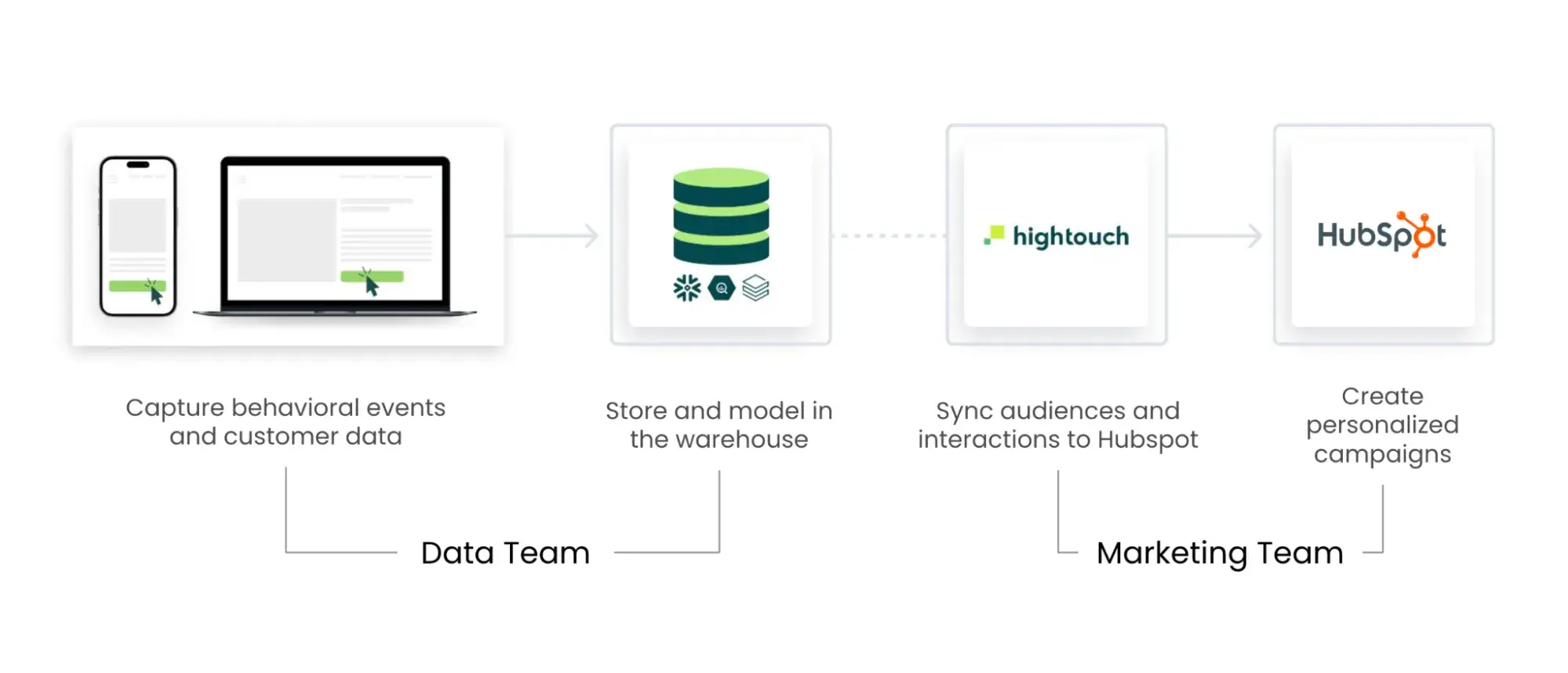
Pro tip: Want to streamline your customer data management? Start with a solid foundation using HubSpot’s CRM platform.
The Bottom Line: The Future of CDPs
Through my research and conversations with industry experts, I’ve learned that CDPs are evolving far beyond their original role as data collection tools.
As Robin Grochol explains, the CDP landscape used to be only about collecting and moving data. “Now it’s about data activation,” she said. “CDPs today build customer profiles, create audiences and journeys, and recommend the next best product or action using AI."
Looking ahead, Brendan Fortune predicts an even bigger transformation. “I expect to see CDPs evolve into customer experience suites,” Fortune said. “Rather than just moving data around, they will act on that data in ways that customers see, whether that’s an email, an in-app message, or part of your software’s user experience.”
Fortune believes that CDPs who don’t evolve will become true commodities. “In that scenario, the CDP industry as we know it today will become far less valuable,” said Fortune. “Transforming data from one source to multiple destinations will become a table-stakes capability competing only on price.”
Whether you choose a traditional or composable CDP ultimately depends on your organization’s specific needs, technical resources, and long-term data strategy. But one thing is clear: In an era where customer data drives business success, having the right CDP architecture isn’t just a technical decision — it’s a strategic must-have.
Editor's note: This post was originally published in May 2023 and has been updated for comprehensiveness.
CDP

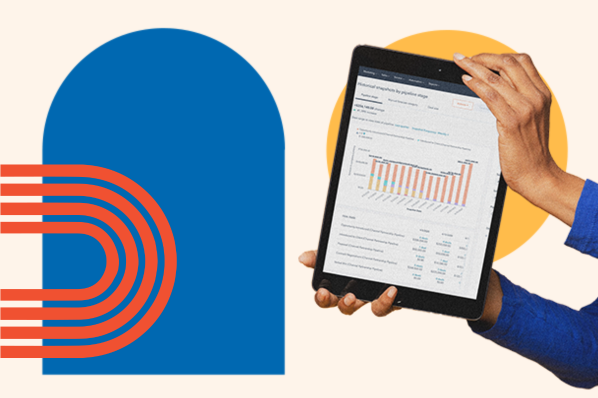
.webp)
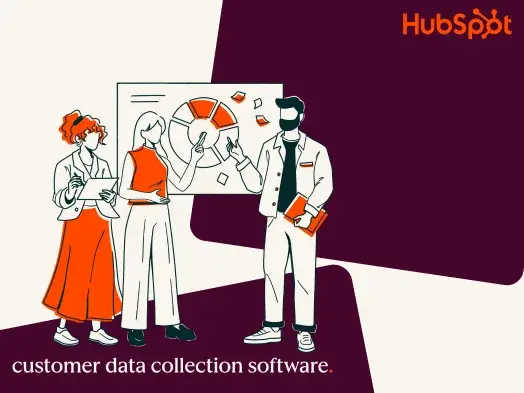

![Customer Data Integration: A Complete Guide [Expert Tips & Examples]](https://53.fs1.hubspotusercontent-na1.net/hubfs/53/customer-data-integration-1-20241218-9529716.webp)





![What Is an Identity Graph? [The Plain-English Guide]](https://53.fs1.hubspotusercontent-na1.net/hubfs/53/identity-graphs.jpg)
